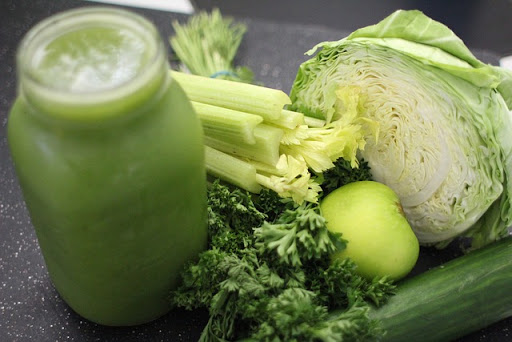How Many Calories Should You Consume Per Meal to Lose Weight
To start off, we should clarify that there is not a fixed and set-in-stone answer to this question that we can give. While there is a broadly-applicable average figure that we can chalk out as a general instruction, the exact calorie intake can depend on the weight, age and gender of the person in question.
For example, a 40-year-old 5 ft. inactive male will need a different number of calories to lose weight as compared to a 20-year-old 6 ft. athlete. Get the idea?
In this post, we’ll cover some basic information about the average calorie intake for weight loss. We’ll also look at what you should do if you happen to be in an unusual weight class.
Let’s get started.
How Many Calories Per Meal Can Help You Lose Weight?
Generally, the calorie intake that is considered ‘average’ is around 1,800 – 2,000. If you are looking to lose weight, you’re going to have to cut this down to 1,500 – 1,600.
Keeping the above figure in mind, here is what your calorie distribution per meal should be:
- Breakfast 200 – 300 calories
- Morning snack 150 – 300 calories
- Lunch 500 – 600 calories
- Evening snack 150 – 300 calories
- Dinner 500 – 600 calories
You can adjust the exact calories per meal in such a way that the total comes up to around 1,500 – 1,600.
TDEE Calculators: Unusual Weight Classes and Calorie Intakes
As we discussed earlier, the figures that we mentioned above are generally considered ‘average’. However, there can be certain individuals for whom 1,500 – 1,600 calories can be too few for losing weight.
Take an example.
A 28-year-old 6 ft. 8 in. male weighing 180lbs. will need around 2670 calories in order to lose weight. If this sort of person was to apply the average of 1,500 – 1,600 calories per day, they would just collapse.
Now the question arises: how do we find the calorie intake for weight loss for individuals who have an unusual height, weight or level of activity?
We can simply use a TDEE calculator.
TDEE stands for “Total Daily Energy Expenditure”. A TDEE calculator basically gives you an average value of how many calories you burn in a single day. In order to use it, you have to specify your gender, age, weight and level of activity. Then, by using a preset algorithm, the calculator computes things like your weight class, BMI and calorie intake etc.
By using this type of calculator, you can find out how many calories you need to take every day if you want to gain weight, maintain weight or lose weight. After finding out the calories, you can spread them out over five meals a day.
If, for example, you are told by the tool that you need to take 2,500 calories a day to lose weight, you can create a division as follows:
- 400 calories – Breakfast
- 400 calories – Midmorning snack
- 700 calories – Lunch
- 300 calories – Evening snack
- 700 calories – Dinner
The exact division depends on the number of calories you need.
Which Foods are Good for Weight Loss?
Apart from reducing your calories, you also have to make sure that you eat healthy and wholesome foods that can help you along your weight-loss journey.
Before we end this post, let’s take a look at some foods that you can include in your diet in order to complete your daily calorie limit.
Leafy Veggies
Leafy vegetables can be great if you’re trying to lose weight. Some leafy veggies that you can try out include spinach, kale, and cabbage.
Beans and Lentils
Beans and lentils are good sources of lean protein, which is something you should try and include in your diet if you’re looking to lose weight.
Tuna and Salmon
If you want to swap out beans and lentils on a couple of days of the week with something meatier, fish like tuna and salmon can be a great choice. These types of fish are rich in lean protein and also contain healthy fats.
Conclusion
If you are looking to lose weight, you have to cut down on your calorie intake.
Now, while there is an average figure i.e., 1,500 – 2,000, that you can take as a standard, it’s better to be precise. You can find the exact number of calories you need to weight loss as per your gender, age, height and activity level by using a TDEE calculator.
Share this content:














Post Comment